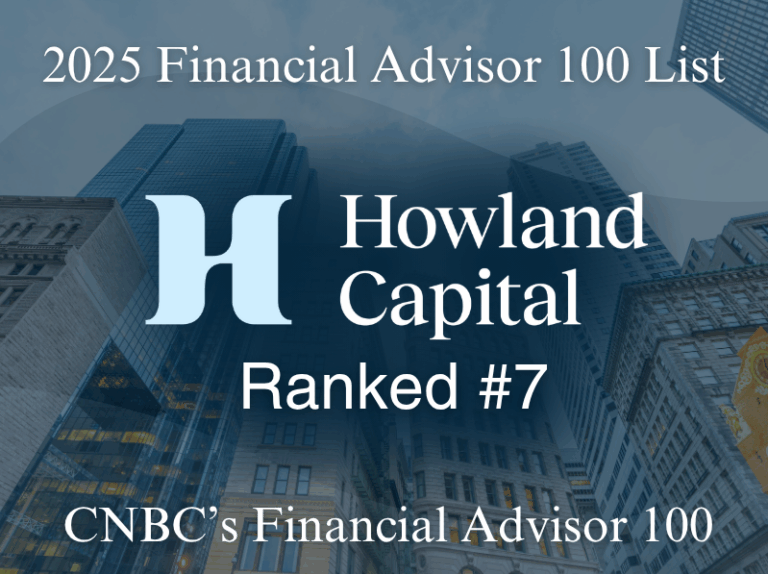Despite considerable uncertainty surrounding the U.S. election, monetary policy, and geopolitical factors, 2024 proved to be a year of resiliency for the economy. Consumer spending remained strong, buoyed by a rising stock market, falling interest rates, and a healthy labor market. Inflation continued to decline as the year progressed, although the pace of the decreases has slowed in recent months. Our outlook for the coming year is generally positive, as we expect the same favorable conditions to remain in place. However, we also anticipate an increase in uncertainty due to several factors which we discuss below. We will be watching as the new administration takes office and unveils more details regarding regulation and tax policy that the rhetoric of an election often translates into something else once the gears of Washington, D.C. start grinding.
Taking a closer look at growth, recent trends have been strong. In fact, real GDP growth (measured after subtracting inflation) improved over the second half of 2024, accelerating from 1.6% in the first quarter to 3.0% and 3.1% in the second and third quarters, respectively. Consumption is the largest component of GDP, accounting for 68% of the total and was the strongest contributor. With falling inflation, a rising stock market, and a balanced labor market, consumer spending remained intact. We expect this trend to continue in the year ahead, albeit at a more moderate pace. The Federal Reserve recently upgraded their growth outlook to 2.1% for 2025, and 2.0% for 2026. Their still healthy but more modest outlook is consistent with our view.
Inflation has been coming down steadily, with the headline Consumer Price Index falling to 2.4% in November. Thankfully, that is far below the pandemic peak of 9.1% in June of 2022. Nevertheless, inflation is a cumulative phenomenon. And though price increases are moderating, many goods and services remain more expensive now than just a few years ago. We believe inflation will continue to be a medium level risk during the year ahead. There are many factors that could influence the inflation dynamic, including some that might cause a resurgence. The Fed seems to share this view and has guided the market to a more gradual easing of the federal funds rate during 2025.
Historically, the first term of a new presidential administration has been positive for the economy and financial markets. At the same time, it is difficult to predict the shape that economic and tax policy will take in the years ahead. Fed Chair Jerome Powell’s term expires in January 2028, and we expect he will complete his term, maintaining independence despite whatever political pressure he faces. At the same time, the job may become harder with the possibility of increased tariffs and trade restrictions, and massive federal debt levels that will put upward pressure on long-term interest rates. Markets seem to be taking these risks in stride, but expect increased volatility on asset prices as the debate plays out.
